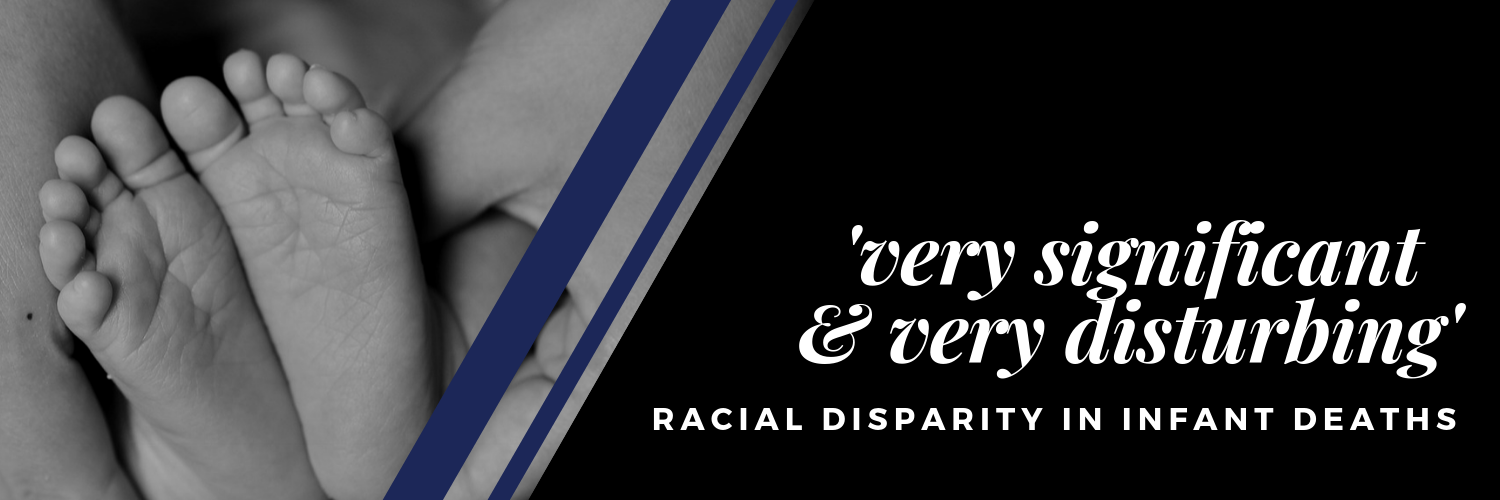

It took 25 years and the growth of two babies into healthy children for Kelly Calderon to speak out about the heartache of four miscarriages and the stillborn birth of a daughter.
Calderon, 44, was a healthy 19-year-old when she gave birth to a stillborn daughter, whom she had named Mercedes. It was 1992 and there was no neonatal intensive care at Polk General Hospital in Bartow to handle a birth just 25 weeks into the pregnancy.
“They say now she would be viable, with advances in medicine, but not then,” Calderon said.
Then came the four miscarriages. The pregnancies lasted between 9 and 12 weeks.
Eventually, a fertility specialist in Orlando diagnosed Calderon with an incompetent cervix. When the fetuses reached a certain weight her body interpreted it as time to deliver, she said.
For her two children to survive into babyhood and beyond required specialty care throughout her pregnancies and pediatric emergency care for the newborns.
Adrionna Calderon, now an 18-year-old high school senior, arrived at 29 weeks, weighing 2 pounds and 12 ounces.
Aiden Parker, an 11-year-old middle-schooler, arrived at 37 weeks, weighing 7 pounds and 8 ounces. While not premature, he was three weeks early.
With both successful pregnancies, Calderon's OB-GYN had stitched shut her cervix at 13 weeks in an effort to stop early delivery.
Even though Calderon had gone onto bed rest at 24 weeks with Adrionna, labor started at 28 weeks. The specialists at Arnold Palmer Hospital for Women and Children in Orlando worked to delay the delivery as long as possible and to encourage fetal development.
“They were giving me steroids every six hours to try to mature her lungs before she was born,” Calderon said.
But even with the intensive medical care, the amniotic fluid became infected and the baby had to be delivered.
At birth, Adrionna was so tiny she needed a ventilator to help her breathe and a feeding tube until she learned to suckle. At 44 days, Adrionna had matured enough to come home, Calderon said.
“People don’t know this if they have not had a baby in NICU, but if babies cry a lot they lose weight and can get a hernia. That could mean a day longer in NICU.”
With her son, she did not go on bed rest even though she had developed gestational diabetes, Calderon said. She was even able to continue working, perhaps because she was mostly sitting at her job with the Polk County School Board, she said.
Then living in Winter Haven, she traveled to Tampa for specialty care. At 36 weeks into the pregnancy, her doctor removed the stitches from her cervix, and after a stay to watch for whether labor would start, she was sent home.
When labor started she left Winter Haven and headed back to Tampa, but fearing the baby would be born en route she detoured to Lakeland Regional Medical Center.
When she arrived in the emergency department, Aiden was in distress. His head was stuck at the top of the cervix and his heart rate had dropped dangerously slow.
He was delivered by an emergency C-section.
“He was not living when he was born. They had to resuscitate him,” Calderon said.
Although he had a longer-than-usual hospital stay, Aiden was able to come home after five days, Calderon said.
Going through the stillbirth, miscarriages and then the experience of having an infant in NICU was so stressful that “I did not speak about it for a while, even to my own husband,” Calderon said. “I journaled about it.”
Calderon, who is bi-racial, said that after hearing about the disparity in infant mortality rates between black and white babies in Polk County, she decided to speak out about her experience.


WORDS: Marilyn Meyer
PHOTOS: Pierre DuCharme, Ernst Peters, Scott Wheeler
EDITS: Allison Guinn, Bob Heist
DATA: Allison Guinn
WEB: Laura L. Davis
The author of this story, Marilyn Meyer, has retired from The Ledger. Comments, questions and news tips regarding this story can be directed to Editor Bob Heist. Email him at bheist@theledger.com or use the contact form at left.